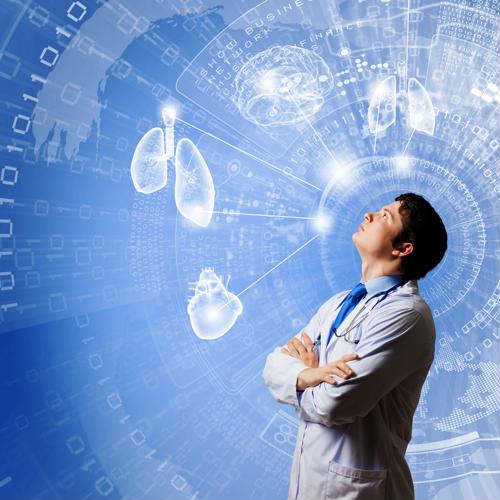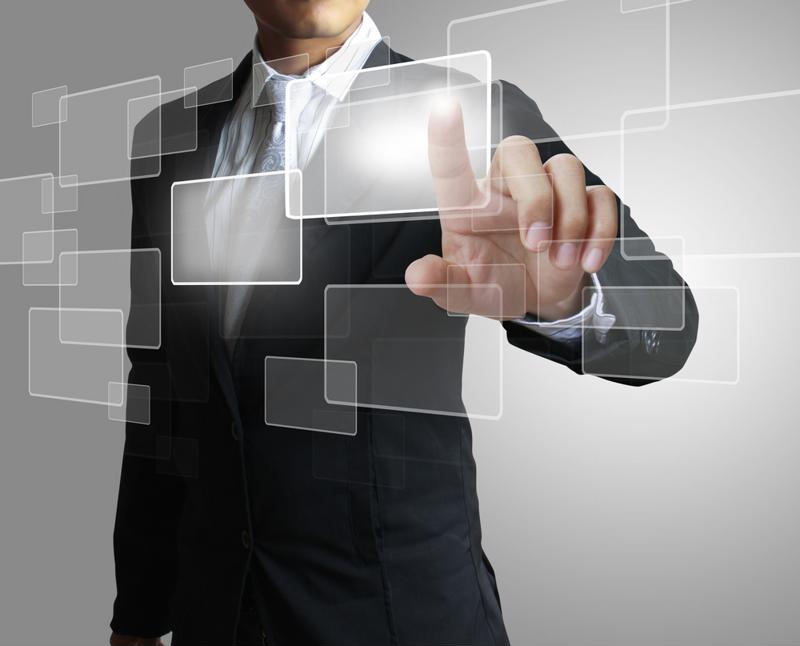
How IoT may permanently revolutionize health care
By Max BurkhalterFebruary 15, 2018
Health care has long been known as an industry slow to adapt. While sectors like retail and transportation race ahead with new competitors and innovative technology, medical facilities are often seen as being dragged into contemporary times.
Part of this involves the nature of the staff. Doctors are overworked and medical care cannot afford to pause for months at a time to update, even if the physician has time to fully learn a new piece of hardware or software.
Despite the hardships, health care as an industry is advancing. Electronic health records have been mandated and several other new technologies are sweeping the industry. Each of these recent innovations has been empowered by the internet of things.
Increased emphasis on telemedicine
Telemedicine originally relied on calling a doctor - or more realistically an assistant - describing symptoms and waiting to hear if an in-person office visit was needed. Now, however, IoT connects a wealth of mobile hardware, improving telemedicine.
Patients can now live video chat with physicians on their tablets or smartphones. This lets the doctor get a visual on the patient, crucial for wound care and identifying certain symptoms. It also allows for a deeper connection as doctor and patient can once again speak face-to-face, even if they aren't in the same town or city.
Telemedicine has gotten so advanced that, according to T-Mobile, doctors and nurses can read vitals from remote medical stations in real time, contacting the patient only when necessary. This goes a long way to improve the care of patients who cannot travel easily, allowing physicians to devote the time without having to endure a lengthy drive. It also downplays problematic factors like weather.
In addition, Fierce Healthcare reported that smaller practices in particular are using telemedicine to boost revenue and patient reach. While hospitals and larger medical institutions maintain an advantage, effective telehealth care from these minor medical offices may reshape the patient pool more evenly, giving more business to smaller facilities.

Augmented and virtual reality healing tools
Telemedicine has been around for a while but AR and VR are relatively new tools to many people in the health care sector. The applications of these new technologies are far reaching. The JAMA Network reported how some medical trainers are now using VR and AR to educate new doctors. With these tools, physicians-in-training can practice diagnoses on fake patients and perform faux surgeries, allowing the student to understand fully what can and will go wrong before the real thing occurs.
VR in particular has shown potential as, in 2016, a surgeon live-streamed an operation in full 360 degree video, The Guardian reported. This allowed students to experience a firsthand view of a procedure, a perspective that hadn't before been possible.
Lastly, VR as a recovery tool helps gamify the experience, while providing a surplus of new data. VRPhysio, a product from VRHealth, is used by patients recovering with physical therapy. This software allows doctors to track patient exercises in the home, letting them see exactly how many of each stretch the patient is doing as well as if he or she is performing them correctly.

Improved medical monitoring
Wearables in the consumer market are still primarily smartwatches. However, this technology can go much further in health care. Previous medical sensors have been bulky and full of wires. Most are not waterproof and many inhibit normal behavior. They have been an imperfect solution to a problem.
New wearable technology, however, greatly shrinks the hardware while increasing the diversity of data readout. A single device can measure heart rate - while checking for certain abnormalities, body temperature, blood oxygen levels and more. Stanford Medicine reported that certain new wearables can even tell if a patient is becoming ill before he or she feels sick.
Looking ahead: increased sensors, computer vision and artificial intelligence
The ultimate goal will be extracting data without any invasive equipment at all. Once again, looking outside the health care sector provides a preview. The recent retail location, Amazon Go, is able to track customers' purchases in-store without any noticeable tech. Advanced computer vision and AI make this possible, as well as the plethora of consumer data at Amazon's disposal. The company uses predictive analytics which, at this point, may be able to determine what a customer wants to purchase before he or she knows it.
Given that Amazon is entering the health care space, expect innovations in non-invasive data-gathering technology to shoot forward. When this happens, health care executives and owners will need the network infrastructure to empower advanced treatment options. Perle has the experience and products to ensure a smooth, productivity-enhancing IoT solution. Contact us today to find out how we can help modernize your health care organization.



